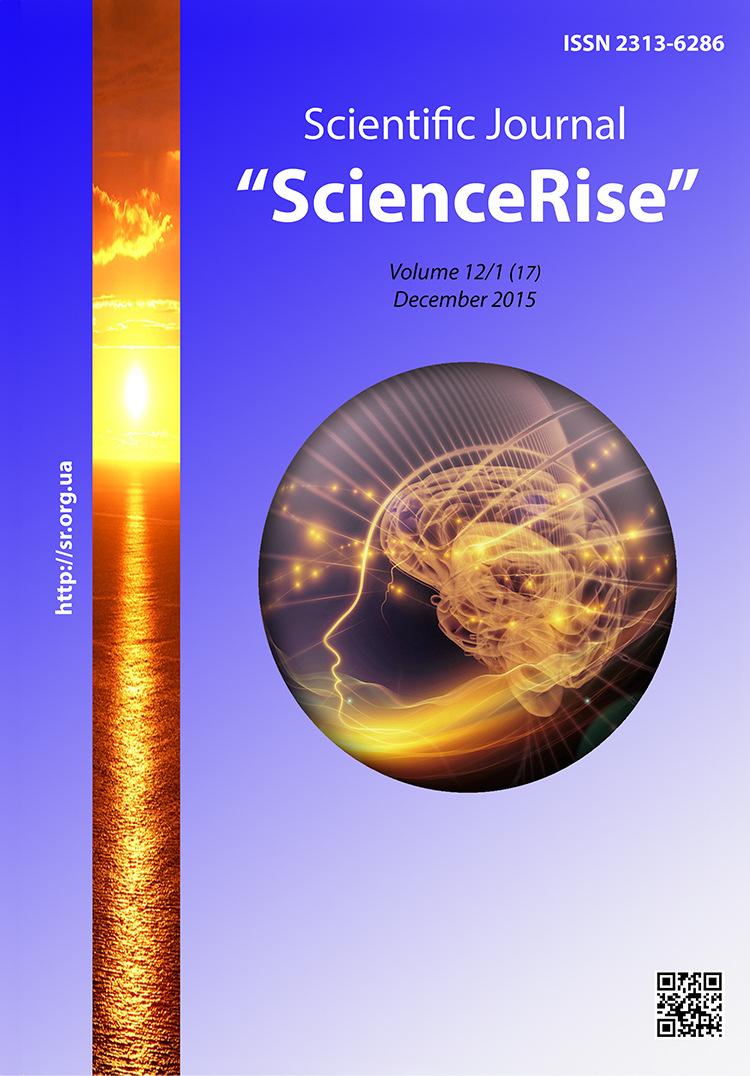Психокорекція особистості засобами графічних методик
DOI:
https://doi.org/10.15587/2313-8416.2015.55914Słowa kluczowe:
графічні проективні тести, психокорекційний вплив, процесуальна психодіагностика, «Я» – текст, ідентичність, інтерпретаціяAbstrakt
У статті розглядаються особливості психокорекції особистості засобами проективних графічних тестів. Ставиться акцент на доцільності використання комплексу графічних тестів, що забезпечує пізнання глибинних феноменів психіки особистості. В основі роботи лежить процесуальна діагностика, яка має на меті злиття в практиці психодiагностичного та психокорекцiйного процесів в єдиний процес. Представлена методика не тільки помітно підвищує інтерес до самодослідження у школярів, а й глибоко терапевтична по суті
Bibliografia
Makshanov, S. I. (1998). Psychology training in a professional activity. Sankt-Peterburg, 43.
Oskin, V. (2004). On the threshold of emotional revolution. Personnel Management, 16, 49–53.
Isurina, G. L. (1983). Group psychotherapy and therapy. Methods of psychological diagnosis and correction in the clinic. Leningrad: Medicine, 231–254.
Dobryakov, I., Nikolskaya I., Eidemiller, E. (2006). Family diagnosis and family therapy. Stankt-Peterburg: Speech, 457.
Yatsenko, T. S. (2010). Diagnostic and corrective features deep psychological practice. Scientific journal Dragomanov NPU. Series 12. Psychological Science, 29 (53), 30–35.
Ibadov, J. S. (2007). Psychography. Tyumen: "Truth", 279.
Ibadov, J. S. (2008). Medical and pedagogic-psychological tests. Sevastopol: «Al’-Pci», 43.
Schmidt, B. (2003). Narratology. Moscow: Languages Slavic culture, 389.
##submission.downloads##
Opublikowane
Numer
Dział
Licencja
Copyright (c) 2015 Любов Іванівна Фізер

Utwór dostępny jest na licencji Creative Commons Uznanie autorstwa 4.0 Międzynarodowe.
Our journal abides by the Creative Commons CC BY copyright rights and permissions for open access journals.
Authors, who are published in this journal, agree to the following conditions:
1. The authors reserve the right to authorship of the work and pass the first publication right of this work to the journal under the terms of a Creative Commons CC BY, which allows others to freely distribute the published research with the obligatory reference to the authors of the original work and the first publication of the work in this journal.
2. The authors have the right to conclude separate supplement agreements that relate to non-exclusive work distribution in the form in which it has been published by the journal (for example, to upload the work to the online storage of the journal or publish it as part of a monograph), provided that the reference to the first publication of the work in this journal is included.

